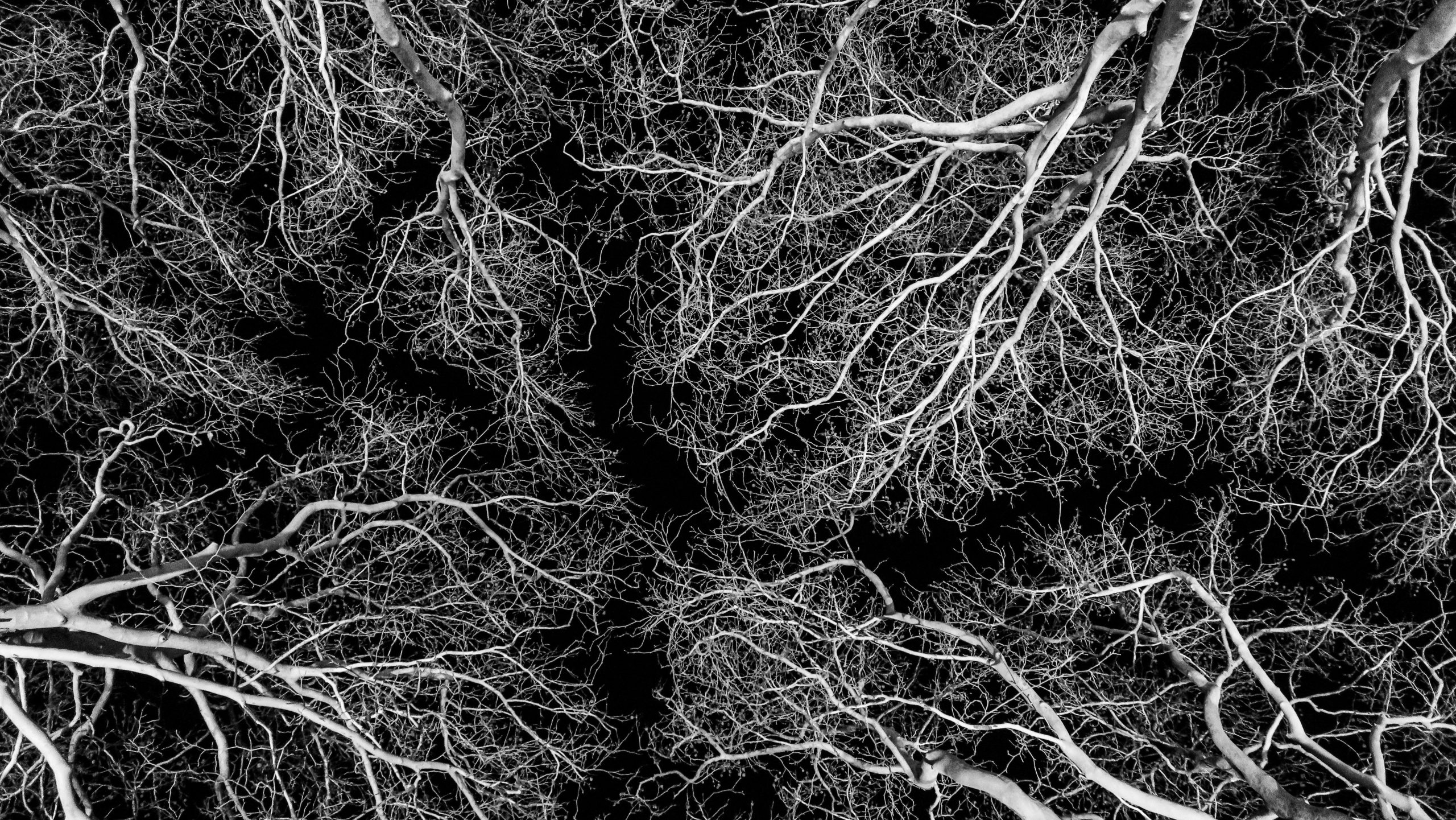What is Holotropic Breathwork?
Holotropic Breathwork is an experiential technique created by Czech psychiatrist Stanislav Grof and his wife Christina Grof in 1975. It promotes contact with our conscious and unconscious material and facilitates processes of self-exploration, self-knowledge, and access to the roots of emotional and psychosomatic problems.
Holotropic Breathwork combines breathing, evocative music, focused bodywork, mandala drawing, and group integration circles.
Origins of Holotropic Breathwork
Albert Hofmann first synthesized LSD-25 in 1938 at the Sandoz pharmaceutical laboratories in Basel, Switzerland. Years later, while synthesizing a new sample of LSD, he accidentally ingested it and experienced a series of psychological effects that caught his attention. A few days later, he intentionally ingested a dose of LSD. Following this experience and observing its influence on the human mind, the first scientific studies with LSD began.
The initial results of studies in the late 1940s stimulated laboratory and clinical research with LSD in many countries over the following decades.
“It became increasingly clear that LSD and similar substances did not produce any psychological content because of their pharmacological effects. They were better understood as non-specific catalysts, agents that triggered the psyche and facilitated the manifestation of previously unconscious content.” (Grof 2024, p. 181)
At the same time, the use of this substance moved beyond the clinical/scientific framework and spread to the general population. In the late 1960s, LSD was outlawed and, gradually, fewer permits were granted for research into its therapeutic use, until they finally disappeared and came to a complete halt.
Stanislav Grof was principal investigator in a psychedelic research programme at the Psychiatric Research Institute in Prague, Czechoslovakia (1960–1967), Head of Psychiatric Research at the Maryland Psychiatric Research Centre (USA), Assistant Professor of Psychiatry at Johns Hopkins University in Baltimore, and Scholar in Residence at the Esalen Institute in Big Sur, CA.
During LSD sessions, Stan observed that after several experiences with LSD, some patients, at the end of the sessions, when the effect of the substance began to wear off, began to hyperventilate spontaneously, which allowed them to reconnect with the effect of the substance and re-enter the experience.
“The effect of the substance was wearing off, and suddenly, with hyperventilation, the person began to feel the effects again. So he knew that breathing could be useful in reactivating the process and bringing the person more into contact with the unconscious.” (Grof 2017, p. 16).
The observation of these breathing processes in his patients during psychedelic sessions, and the legal impossibility of working with LSD, marked the beginning of the development of Holotropic Breathwork.
Benefits of Holotropic Breathwork
HB is recommended for anyone who wishes to engage in introspection, activate and integrate unconscious material, mobilise physical and emotional blockages by accessing their roots, enhance latent and creative energies, feel more relaxed and resolve tensions, improve health, understand themselves, increase self-esteem, improve relationships, support their therapy or personal growth process, expand consciousness by broadening the conception and understanding of oneself and everything around us.
Holotropic Breathwork sessions are an experience of self-knowledge and personal growth; however, they should not be considered a substitute for psychotherapy.
Testimonial from a patient after their first experience with HB:
“In my opinion, entering the realm of the subjective is the success of Holotropic Breathwork. I travelled through the intricacies of my being, letting myself be carried away by the unpredictable path of the irrational and thus transferring teachings such as this to the realm of the tangible: ‘Let my will be done on the face of my light and on the face of my darkness.” – A.M.
Holotropic Breathwork enables:
- Greater connection and emotional release
- Reduction of symptoms
- Increased connection with oneself
- Greater awareness of one’s own needs
- Increased understanding of others
- A clearer view of reality
- Acceleration of therapeutic processes
“The positive effects of repeated holotropic breathing sessions generally go beyond improving physical and emotional condition; they can bring about different changes in the breather’s personality, worldview, life strategy, and hierarchy of values.” (Grof 2011, p. 151).
Holotropic Breathwork Workshops
Holotropic Breathwork workshops are framed within expanded or holotropic states of consciousness and enable contact with the internal healing energy that guides each participant’s experience by bringing significant emotional baggage into conscious awareness.
The work in these states includes a variety of experiences: physical and sensory (physical-bodily activation and sensory amplification), biographical (life experiences since birth), perinatal (related to the process of gestation and birth), and transpersonal (transcending the ego, time, and space).
The work is carried out in a safe and structured support context that includes a theoretical talk, individual interview, group dynamics, relaxation, breathing session, artistic expression (mandalas), and group integration.
“I lived for more than 10 years at the Esalen Institute in Big Sur, California, where I was programme director. During those years, virtually every form of therapy and personal transformation, large and small, passed through Esalen. In terms of therapeutic effectiveness, Grof’s Holotropic Breathwork was by far the most powerful; there was no comparison.”
– Richard Tarnas, professor of philosophy and psychology at the California Institute of Integral Studies in San Francisco.
Holotropic Breathwork in Barcelona
At Clinica Synaptica, we offer regular Holotropic Breathwork workshops, a powerful tool for self-exploration and healing, led by certified therapists from Grof Transpersonal Training with extensive experience. These workshops, designed to facilitate access to the unconscious and promote holistic well-being, complement our approach to ketamine-assisted therapy, integrating body, mind, and spirit under a holistic view of health. Please contact us for more information!
REFERENCES:
- Grof y Grof (2024). La tormentosa búsqueda del ser. Barcelona. La liebre de marzo.
- Grof (2005) Psicoterapia con LSD. Barcelona. La liebre de marzo.
- Grof y Grof (2025) La Respiración Holotrópica. Barcelona. La liebre de marzo.
- Puente, Iker (2017). Investigación y psicoterapia psicodélica. Barcelona. La liebre de marzo.



